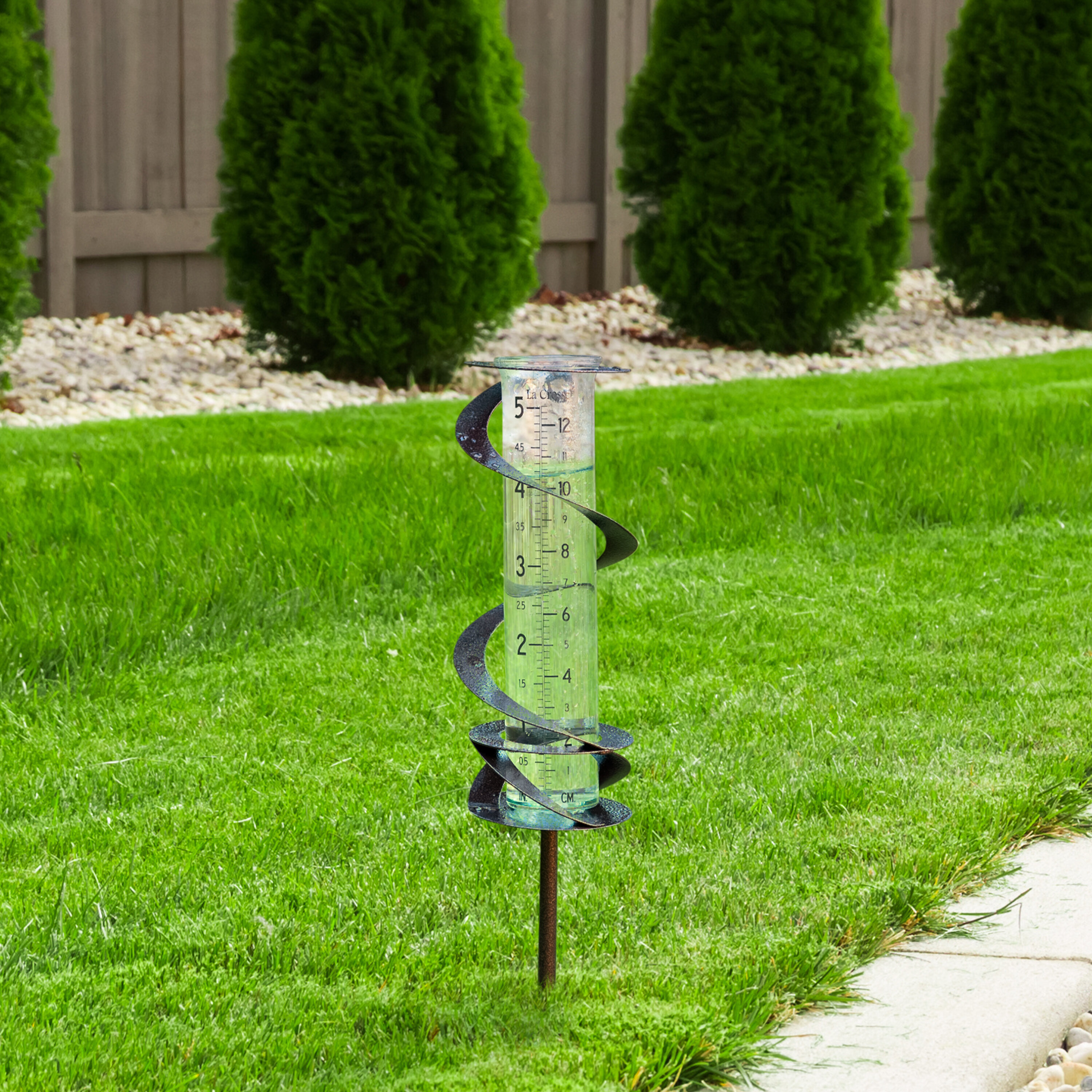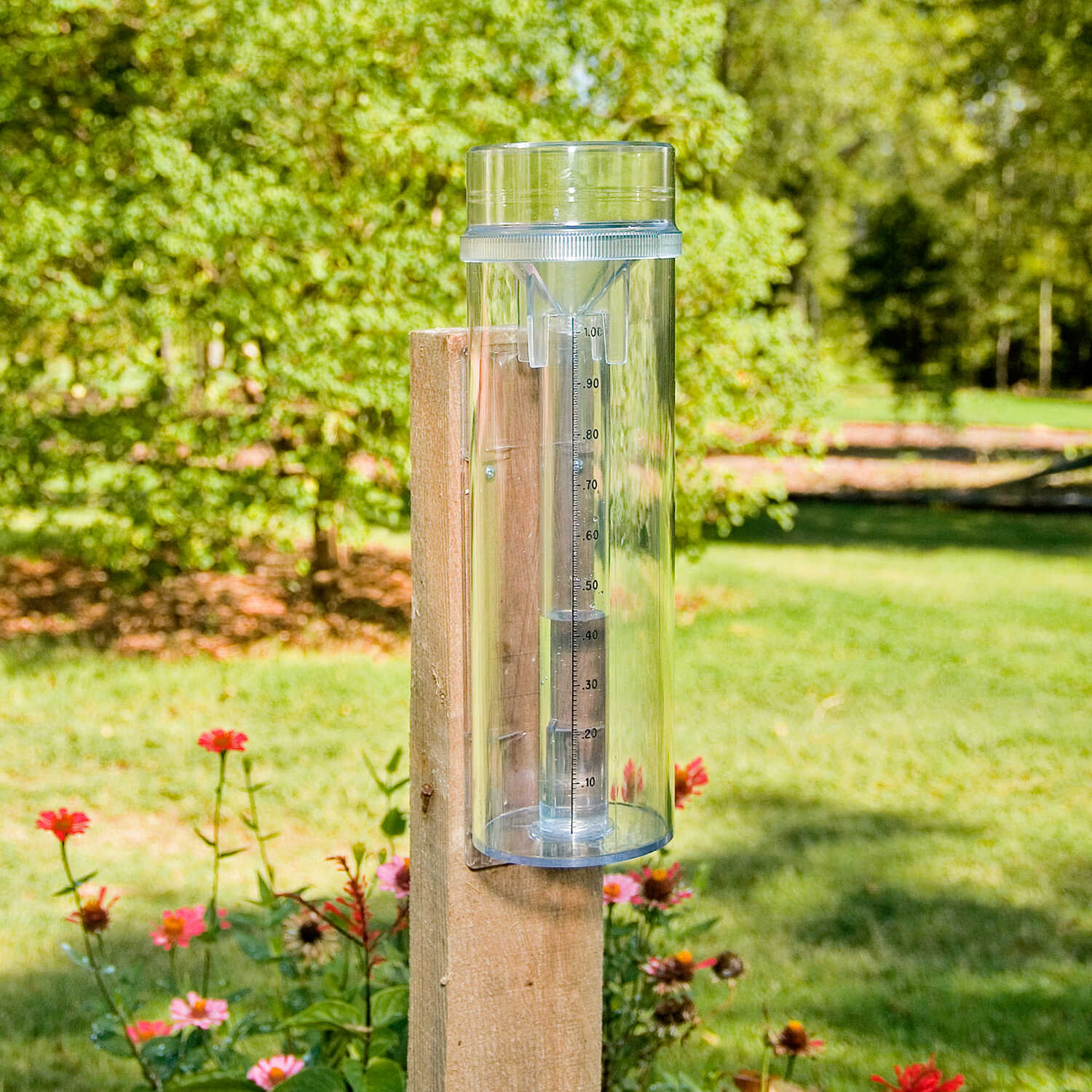Comprehending The Rain Gauge: Relevance, Kind, and Use Explained
Comprehending The Rain Gauge: Relevance, Kind, and Use Explained
Blog Article
Do It Yourself Rainfall Gauge: Straightforward Steps to Make Your Own
Creating your own DIY rainfall scale is a easy and efficient way to record and determine rainfall. With simply a couple of common materials and some fundamental actions, you can conveniently construct your own rainfall scale at home. Allow's obtain begun on making your DIY rain gauge today!
Gather Materials
To begin building your DIY rainfall scale, collect all the required products making use of a comprehensive list of items. Having the best products handy will make sure the successful development of your rain gauge and permit for exact dimensions of rainfall. First of all, you will require a clear plastic container or cyndrical tube, such as a plastic bottle or jar. Make certain the container is clear so that you can conveniently see the water degree inside. Next off, you will certainly need a ruler or measuring tape to mark the increments on the container. This will certainly allow you to gauge the quantity of rainfall precisely. Furthermore, you will need a permanent pen or water-proof tape to note the measurements on the container. When exposed to rainfall, this will certainly guarantee that the markings remain noticeable also. You will need a tough base or stake to securely hold your rain gauge in location. This can be a wood or metal risk that can be inserted into the ground or a tough flat surface area to give security. Gathering these products in advance will simplify the building and construction process and ensure that you have every little thing you need to develop your own do it yourself rain scale.
Prepare the Container

Mark the Dimension Increments
To precisely gauge the amount of rainfall, accurately marking the measurement increments on your do it yourself rainfall gauge is necessary. Without clear and accurate markings, it would be hard to establish the precise amount of rains gathered in your rain scale. Right here are the steps to note the measurement increments on your rainfall gauge.
First, choose the system of dimension that you want to utilize. One of the most usual systems for gauging rainfall are millimeters and inches. Make use of a long-term pen or water resistant paint to note the increments on the side of your rain scale when you have picked the unit. For inches, you can note every quarter inch or every half inch, depending upon your click for info preference. For millimeters, you can mark every 10 millimeters or every 20 millimeters.
When marking the increments, it is necessary to guarantee that they are equally spaced and plainly noticeable. Use a ruler or determining tape to guarantee precision and consistency. In addition, see to it that the markings are immune to fading or abrading, as exposure to the aspects may cause them to wear away over time.
Place the Rain Scale Outdoors
The rainfall scale need to be put outdoors to precisely collect rainfall information. The place chosen for the rainfall gauge ought to be cost-free and open from any kind of obstructions that could potentially affect the measurement of rains. The Rain Gauge.
In addition, it is critical to place the rainfall scale on a steady surface, such as a level ground or a sturdy post. This will certainly protect against any kind of activity or tilting of the gauge, which could lead to incorrect measurements. It is additionally suggested to my latest blog post prevent putting the gauge near any kind of sources of artificial water, such as lawn sprinklers or drain systems, as this could hinder the precision of the measurements.
Monitor and Document Rainfall Data
Normal tracking and recording of rainfall data is important for precise data evaluation and interpretation. By keeping an eye on rains measurements, you can gain useful insights right into weather condition patterns, environment trends, and water source administration. To efficiently check and tape rainfall information, it is essential to develop a routine and keep constant techniques.
To start with, guarantee that your rain gauge is placed in an open area far from obstacles such as trees or structures that may obstruct rains. Additionally, ensure the rain gauge is degree and securely anchored to protect against any type of activity that might influence the accuracy of the dimensions.

When videotaping the rainfall data, it is crucial to keep in mind the day and time of each dimension. Use a ruler or a determining stay with establish the rainfall depth in the rainfall scale, and document this details properly.
To make certain the precision of the dimensions, it is advised to clear the rainfall gauge after each recording. This will stop any overflow or dissipation from influencing succeeding dimensions.
Final Thought
Finally, creating a DIY rainfall scale is a basic and useful way to keep track of and record rains data (The Rain Gauge). i loved this By following the actions described in this article, you can conveniently gather products, prepare the container, note the measurement increments, and position the rain scale outdoors. Consistently keeping track of and tape-recording rains data can provide useful information for numerous functions
Having the right products on hand will make sure the successful production of your rain scale and allow for accurate measurements of rains.To precisely measure the quantity of rains, accurately noting the measurement increments on your Do it yourself rainfall scale is essential.The rain gauge must be placed outdoors to precisely collect rainfall information. The location selected for the rainfall gauge must be open and free from any obstructions that can possibly affect the measurement of rainfall.In conclusion, developing a DIY rain gauge is a sensible and simple way to monitor and videotape rainfall data.
Report this page